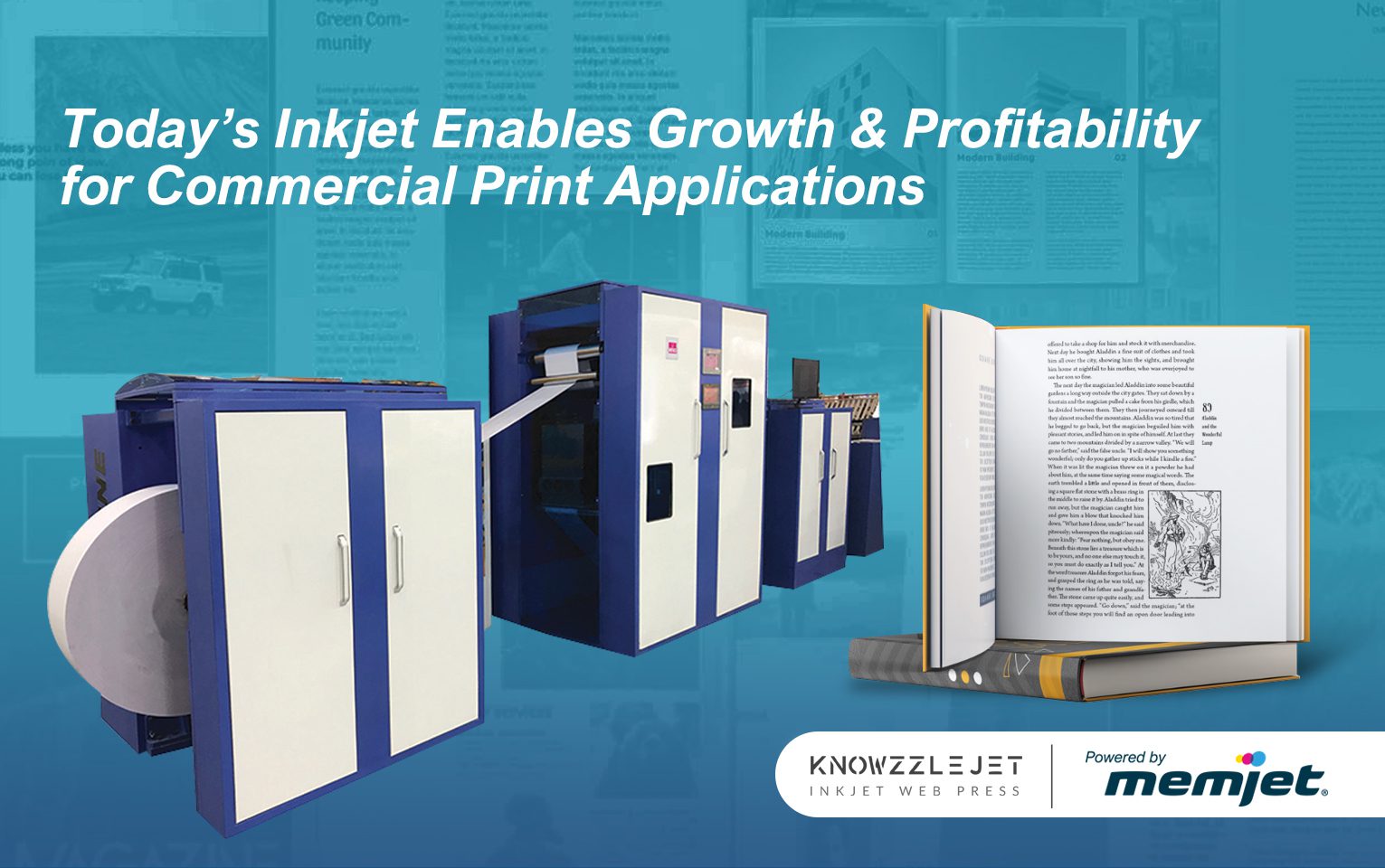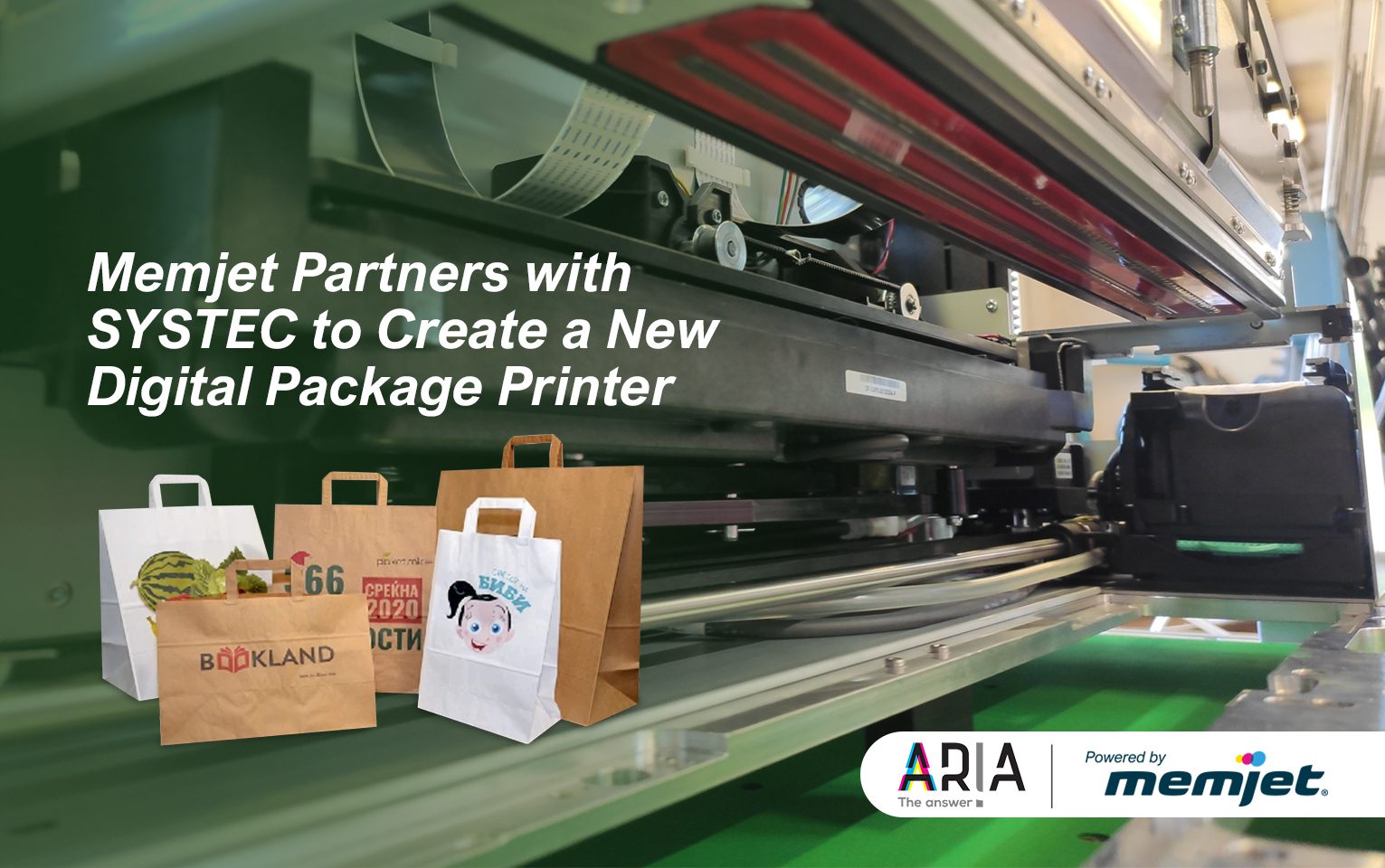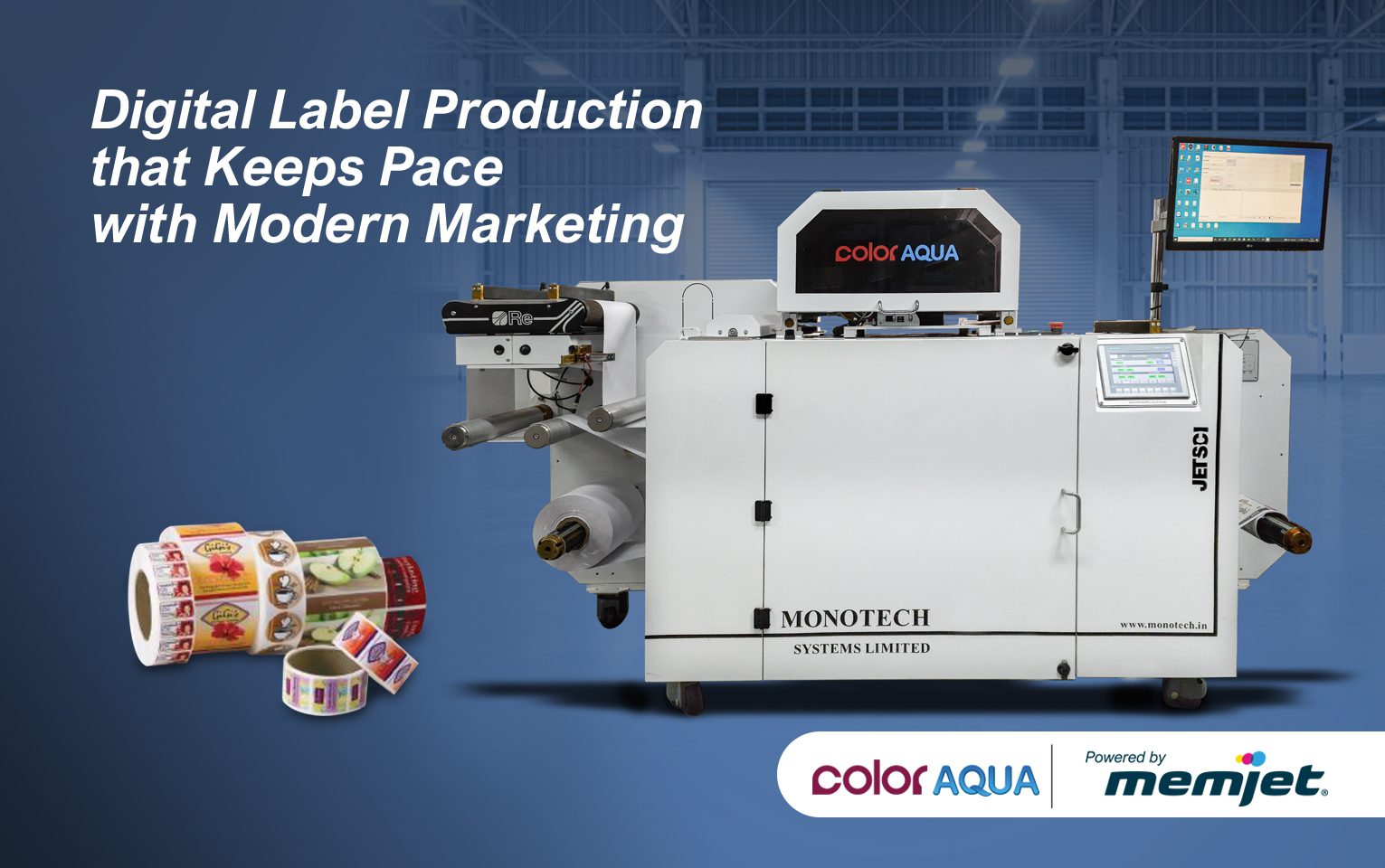By: Kim Beswick, General Manager of Benchtop & Minipress at Memjet
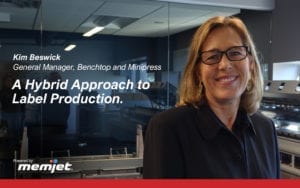
The economic uncertainty created by the global pandemic has led to dramatic shifts in many print markets, including labeling. In this changing market, many providers are thinking more seriously about adopting inkjet digital printing technology.
Interest in inkjet has been growing for some time. Analysis by the research firm Smithers Pira shows that inkjet printing adoption has been increasing steadily over the past few years – and will continue to grow by over 9 percent through 2023.
The firm attributes this growth to inkjet’s deeper penetration into existing markets like labeling and expansion in new markets like commercial printing.
While inkjet printing can add value to a printer’s business, it is not always the right solution for print providers to adopt the technology. That’s because in addition to adding a new press, the printer may also need to make changes to their business. These changes can include retraining employees, developing new sales strategies, developing new digital workflows.
For these printers, a hybrid press can be the answer. A hybrid press can give a printer the benefits of inkjet printing while reducing the risks and challenges that can come with adopting a stand-alone inkjet press.
The Right Technology
The creation of a “hybrid” printing system entails adding an inkjet-powered print engine, often called a retrofit, onto an existing analog printing press. This combined use of digital inkjet and analog production processes within one printing system is commonly referred to as “hybrid printing.”
Just like stand-alone label printers, a hybrid label printer is only as good as the printing technology that drives it.
Today, more and more OEMs are using Memjet’s DuraFlex and DuraLink single-pass technology to develop printing solutions for the growing inkjet market, including hybrid printing solutions.
OEMs choose these modular technologies because it can help them to bring products to market faster and more efficiently. These technologies are scalable, enabling an OEM to develop a hybrid label printing option, then build on that development to create a stand-alone label or package printer.
With DuraFlex, OEMs can even stitch printheads in a row to create print widths of up to 1270mm or 50in. The 2.1 pL drop size and true print resolution of 1600 dpi, provides unrivaled inkjet print quality along with the durability needed to satisfy the most demanding markets.
This scalability enables the OEM to seamlessly transition between products, giving them greater flexibility for their business – and the customers they serve.
Real-World Results
Hybrid printing solutions give label printers much greater flexibility. They can still use their flexo presses to produce longer run jobs, while the hybrid option extends their capabilities to include customized labels and packaging, higher graphic content, smaller lot sizes, and the faster cycle times clients demand.
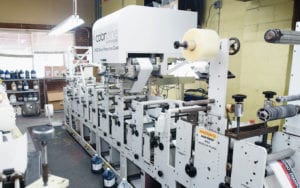
G2 ID Source in Jacksonville, Florida is a label provider that has realized the benefits of hybrid printing. The company added the Colordyne 3600 Series AQ retrofit to its existing flexo press and finishing equipment.
“It has changed our business tremendously,” says Terry Cochran, vice president in charge of procurement and production at G2 ID Source. “It allows us to do so much more than we could previously and in a much quicker time.”
“Our current mix of 45% digital only, 20% hybrid flexo/digital and 35% flexo only reduces a tremendous amount of labor and can produce three times more jobs each day – which is where the ROI really pops out,” explains David Frederick, president at G2 ID Source. “To do a job 100% flexo would take four times longer and cost four times more.”
Learn more about label printing solutions Powered by Memjet.
Connect with us on LinkedIn.

